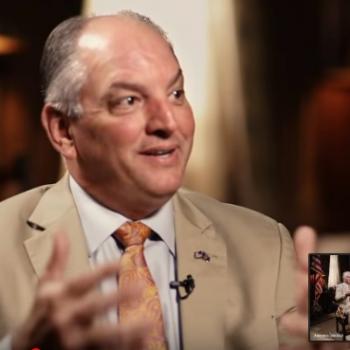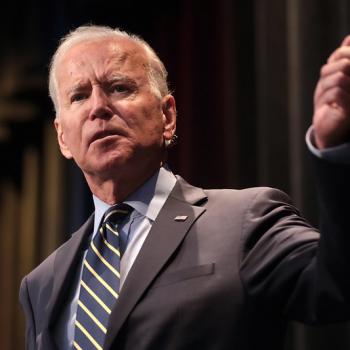The Catholic former governor of New York has died.
Hugh L. Carey, the governor who helped rescue New York from the brink of financial collapse in the 1970s and tamed a culture of ever-growing spending, died Sunday at his summer home on Shelter Island. He was 92.
His death was announced by the office of Gov. Andrew M. Cuomo.
“Governor Carey led our state during a time of great financial turmoil and pulled us back from the brink of bankruptcy and economic ruin,” Mr. Cuomo said in the statement.
As the 51st governor of New York from 1975 through 1982, Mr. Carey led a small group of public servants who vanquished the fiscal crisis that threatened New York City and the state — the direst emergency a governor had faced since the Depression — by taking on powers over the city’s finances that no governor had wielded before and none has wielded since. A liberal Democrat, Mr. Carey reversed the upward spiral of borrowing, spending and entitlement under one of his predecessors, Nelson A. Rockefeller, a Republican who had presided in an era of limitless government promise.
But even after eight years as governor, Mr. Carey remained an enigma. The witty storyteller who could charm an audience alternated with the irascible loner who alienated many of his allies. The brooding, private man, father of more than a dozen children, who mourned the deaths of his wife and, earlier, two sons killed in a car crash, gave way to a man who engaged in an exuberant, very public romance that led to a second marriage. Hugh Carey rose to power as a Democrat outside his party’s machine. He began the 1974 campaign for governor as a recently widowed congressman from Brooklyn, a long shot who was not taken seriously, yet he cruised to one of the most resounding victories in the state’s history.
Yet he spent his final years as governor frustrated. Absent an emergency, he often seemed bored with the job.
The political strategist David Garth, who was one of Mr. Carey’s closest associates, once said of him: “Hugh Carey on the petty issues can be very petty. On the big stuff, he is terrific.”
Mr. Carey’s stature grew in his decades out of office, and he was hailed as a hero by Republicans and Democrats. As he acknowledged, his handling of government finances overshadowed all else he did.
In an interview in 1982 in his last days in office, he said, “The objectives I set forth I’ve achieved in terms of a state that’s respected fiscally, a city that’s now well on its way back to concrete foundations.”
His Wikipedia entry adds something many biographers overlook:
In 1989, Carey announced that he was no longer pro-choice and regretted his support for legalized abortion and public financing of abortion as governor. In 1992, he joined other pro-life leaders in signing the pro-life document “A New American Compact: Caring About Women, Caring for the Unborn.
He also gained notoriety for his second marriage, to a woman who had been married three times previously. The marriage ended in divorce, which Carey later called his “greatest failure.”
Eternal rest grant unto him, O Lord, and let perpetual light shine upon him…












